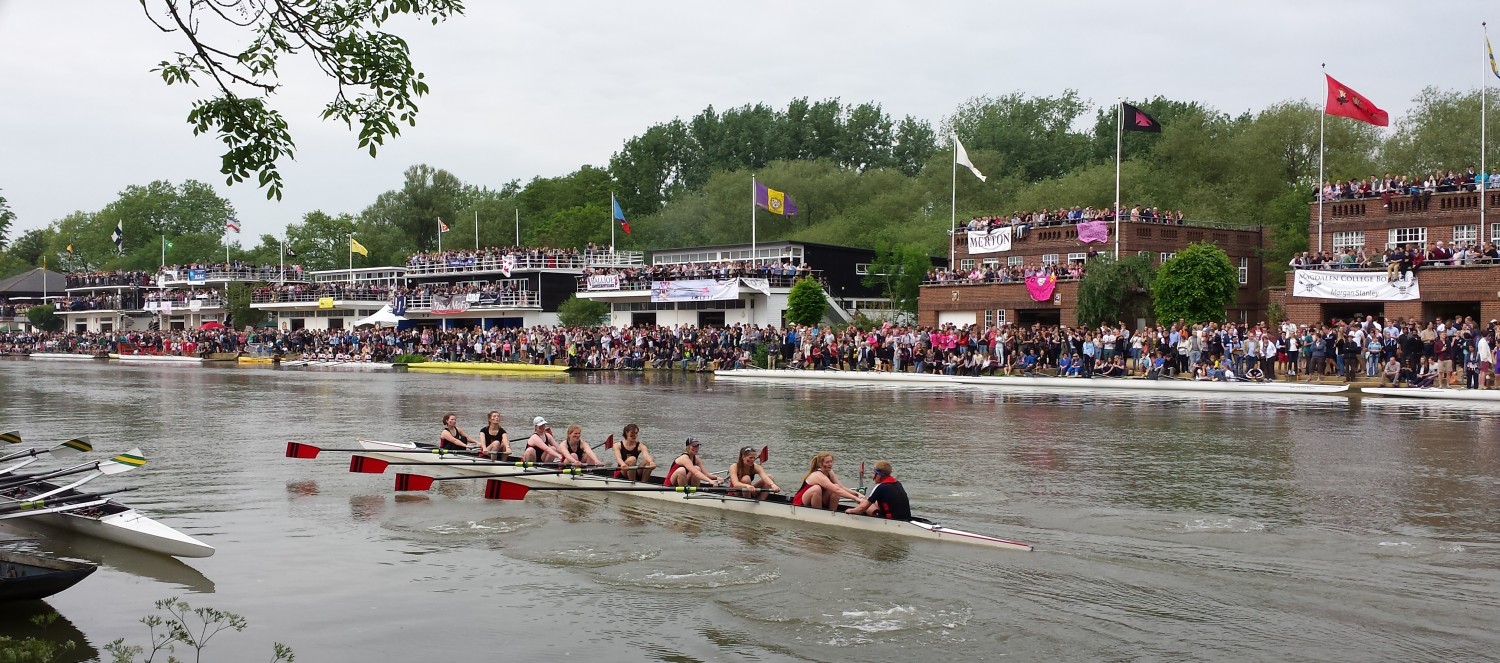Recruiting for the new season
As the northern hemisphere club regatta season enters its final stages, it may be a good time to think about how your club is going to handle the challenge of recruiting new talent for next season. Clubs have to deal with the inevitable fact that rowers sometimes have to move on, either because of their job, their education or their family commitments. Without some kind of recruitment strategy, a club must rely on rowers moving into their area to replace those who leave. This may or may not maintain their membership numbers, but it will very rarely result in like-for-like replacements. Clubs differ widely in their approach to recruitment and the mix of members they have. In this blog I’m going to look at some of the options available to a typical club with limited resources.
Here in the UK, recent emphasis has been to build on the legacy of the 2012 Olympics. Following the success of GB Rowing at the Olympics (and indeed since then) public interest in rowing has been high, with long waiting lists for beginner’s courses. The Olympic legacy emphasized the widening of participation in sports and I’m sure that many UK rowing clubs have taken full advantage of the opportunity to grow their membership significantly. However, some clubs may also want to improve their recruitment of potential elite athletes. This is a different challenge and requires selective recruitment.
The best starting point in my view is other local sports clubs, on the basis that if you want to find young, ‘sporty’ people, that is where they are most likely to be. However, your approach to these clubs has to be carefully planned and followed through if good relationships are to be established and maintained. Firstly, think carefully about the kind of athlete you are looking for as potential rowers. While almost anyone can learn to row, it is undoubtedly easier for some than others.
Sports which emphasise upper body strength (rugby for example) may not be the best place to start. In my experience as a coach, rugby players often find it difficult to deliver leg strength during a rowing stroke and tend to make too much use of their backs and arms. Sports which build cardiovascular performance (cycling, running, swimming) may be a better match. Sports which focus on balance and posture (gymnastics, dance and riding) are also a good match. Netball and basketball players have the height which translates into long levers for rowing. Members of sailing clubs, windsurfing clubs and scuba-diving clubs bring boatmanship and water sense. That’s not to say that there isn’t a young bowls player somewhere with the makings of an elite rower, but the odds are probably against it.
Building informal links with local sports clubs is a good thing to do anyway. You may find that some of your rowers are also members of these other clubs and can make introductions. An invitation to a “Rowing Club Open Day” will probably work better than “we want to poach your best athletes for our club” but feel free to think ‘outside the box’. Here are some ideas:
- Build a list of whatever you think are the appropriate sports clubs in your area.
- Visit them, see what they do, invite them to visit you.
- Be friendly and welcoming to members of other clubs when you meet them. No-one is going to want to join a club full of people who treat them with indifference.
- Play to your strengths. If your clubhouse is your best feature, show it off. If your people are the best thing about your club, make them your ambassadors.
- Make it easy for potential recruits to join. Don’t demand hundreds of pounds for a full year’s membership. Offer them a low-cost / short-term introductory membership while they learn to row.
- Treat newly recruited beginners with respect – ideally as a squad with their own coach(es) cox(es) and a predictable schedule of outings.
- Make sure the new recruits learn to row as quickly as possible – if they aren’t taught to row, they will probably leave.
- Once they can row as competent novices, encourage them to move up to higher squads as soon as they can keep up with the intensity of training in that squad.
- Make sure that the higher squads provide an inclusive, supportive environment for aspiring rowers.
If your local university has a rowing club, graduates who stay local may be looking for somewhere to row. Advertise your club to them. If your local university doesn’t have a rowing club, think about offering a student discount.
Once you start thinking about it, opportunities for recruitment are not hard to find. Remember though that recruitment is a process, not an event. Success isn’t just about getting new athletes signed up, it’s about nurturing and growing their potential – probably over several seasons, so that you as a club and they as individuals can row to success.

[…] This blog was first posted at CrossedBlades.com CrossedBlades/recruiting-for-the-new-season/ […]